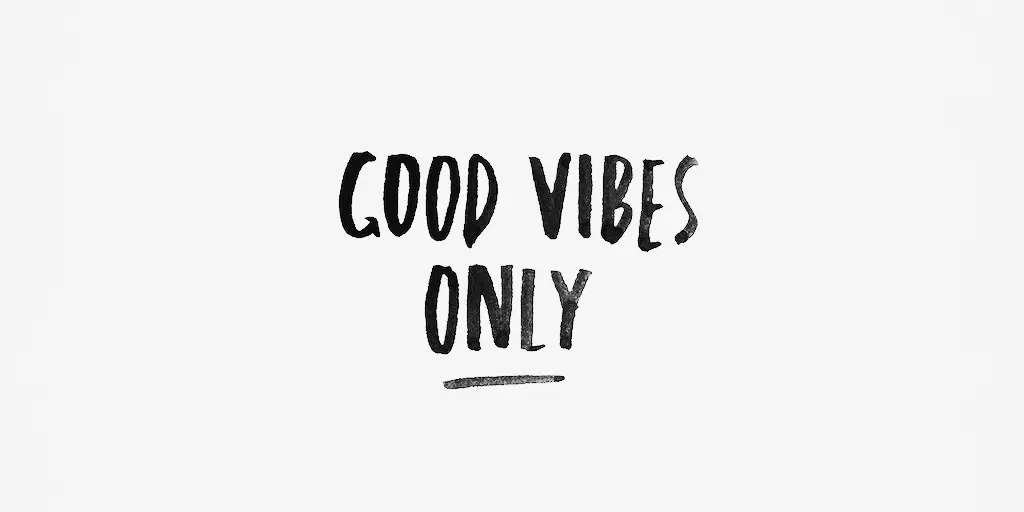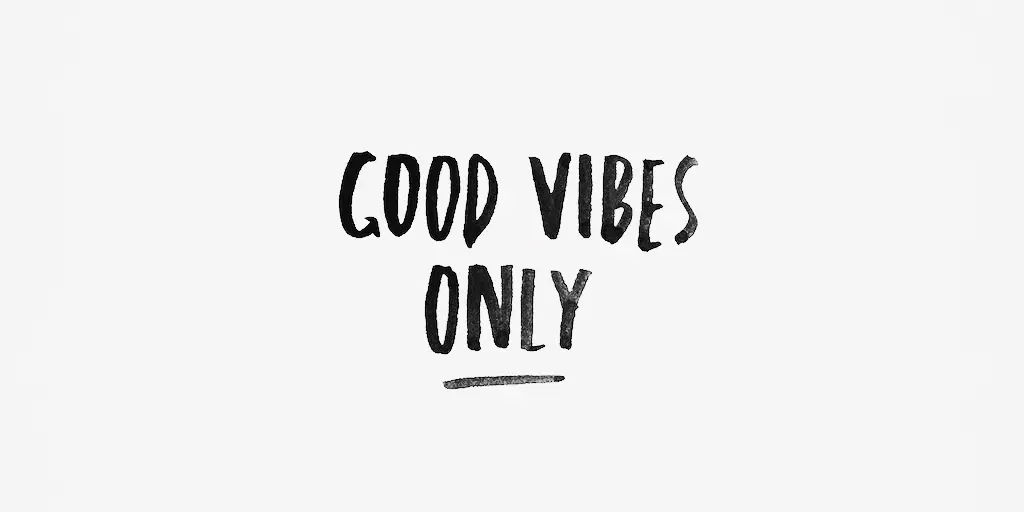QR code generator

Invented in Japan, QR codes have spread around the world, and today they are used to identify a wide variety of information, from consumer product codes to geographic locations.
The abbreviation QR means quick response, which translates from English as "quick response". It is officially registered as a trademark of Denso, but may be used without patents or accreditation. Encoding occurs in one of four ways: numeric, alphanumeric, binary, and kanji.
Essentially, a QR code is a 2D matrix label that contains information about a linked object. Its identification occurs through a special application, which requires a camera. When the tag hits the lens and is in the center of the square capture field, it is identified by the application and redirects the user to the desired link.
Today, with the help of such tags, they not only carry out trade operations, but also manage documentation, track time and locations, and determine the location of goods. A QR code is much more advanced than a regular barcode, and has a larger capacity.
QR code history
QR codes were developed in the early 1990s for the Japanese automotive industry, where standard barcodes were used prior to their introduction. As the automotive industry developed, employees had to use up to 10 different barcodes for multi-component scanning of components, which significantly complicated and slowed down the process.
Then the developer Masahiro Hara from Denso Wave proposed a new way of encoding information - using two-dimensional pixel images. The idea was inspired by the game of Go, or rather, its game board, which is a checkered field with white and black pebbles.
Starting the development of QR codes in 1992, Masahiro Hara completed it by 1994, taking into account all the small nuances. For example, the ability to read information from contaminated and damaged surfaces so that coding can be used in production and in service centers.
The Japanese company Toyota was the first to test the technology, which introduced the QR standard at its factories and distribution centers. In just a couple of years, it has spread to many Japanese enterprises and went beyond the borders of the country - as the most convenient and effective tool for simple data coding.
By 2000, it was already difficult to find an area in Japan where QR codes would not be used. They began to be used everywhere: in trade, in logistics, in production, in creativity. 2D labels began to encode images in GIF, JPEG and PNG formats, as well as simple melodies in the MID format.
Containing up to three kilobytes of information, the QR code is ideal for retail trade - they began to label all goods: food, clothing, electronics, jewelry. It is enough to point the camera of your mobile phone at the product to find out all the detailed information about it, including the current price.
Distributed in Asian countries, QR codes quickly conquered Europe and America, by 2011 they were already used by more than 20 million US residents - as part of applications installed on mobile phones. The new option allowed not only to identify data, but also send email and SMS messages, add contacts to the address book, connect to Wi-Fi, follow external links, and perform a number of other operations.
Interesting facts
Appearing in Japan more than 30 years ago, the QR code has covered all civilized countries and made it possible to quickly encode and identify any information, including texts, images and music.
- At the beginning of the century, Time magazine adorned the cover with a QR code. The image came to life as readers scanned the code.
- In the Chinese village of Xilinshui, one of the fields was planted with shrubs and trees. From above, landing looks like a QR code. So the authorities wanted to attract tourists. Initially, the code led to the tourist site of the village, now it redirects to the WeChat messenger.
- Starbucks was one of the first in Europe to appreciate the possibilities of QR codes. Based on the code, the company developed a loyalty program. By clicking on the links, customers found out the addresses of the nearest coffee houses, received useful and interesting information and a nice discount.
- Facebook and Instagram actively participated in the popularization of the technology.
QR coding technology is so widespread in China that it is already used to identify patients' medical records. In the future, the scope of its application will only expand, moving from the commercial and manufacturing industry to everyday life. There is no doubt about this, because today QR codes can be found everywhere, and cameras for reading them are installed by default in all, even the most budget smartphones.
QR-code generator ─ a simple and convenient service necessary in business and everyday life!
